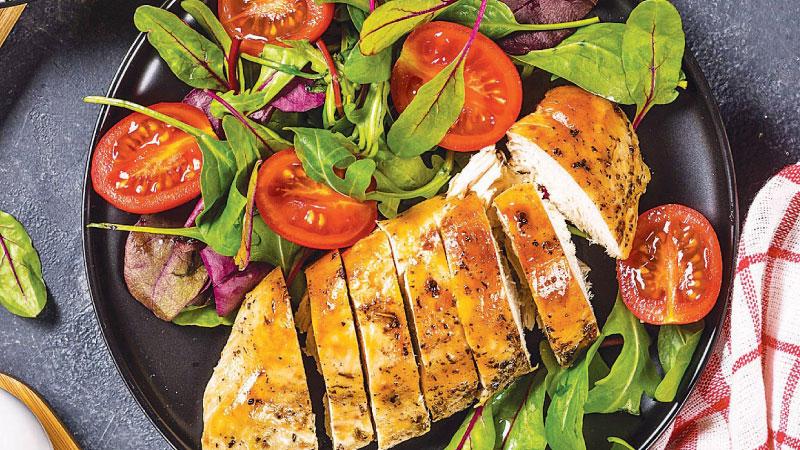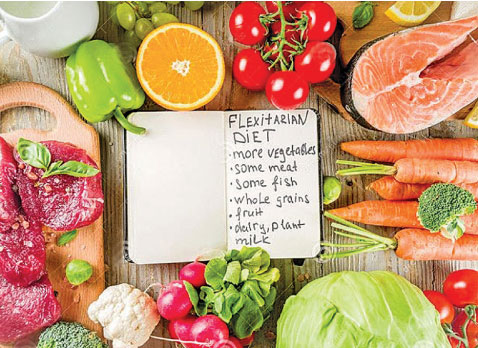
In a world of extreme or restrictive diets, the flexitarian approach offers a more sustainable eating plan
“Eat food. Not too much. Mostly plants.” Michael Pollan’s simple advice in his 2008 book, In Defense of Food, neatly sums up the flexitarian diet, centred around plant-based foods but allows the occasional inclusion of meats. Here, we pen down a beginner’s guide to being a flexitarian.
What is a flexitarian diet?
Essentially, flexitarian is a portmanteau of the terms, flexible and vegetarian. It was created by the American dietician and media personality, Dawn Jackson Blatner, to help people benefit from a largely vegetarian diet while still enjoying meat in moderation. “The flexitarian diet is easy to follow since it has less restrictions; it’s more of a lifestyle change”, says nutritionist Suman Agarwal, whose brand, SelfCare by Suman, offers bespoke health programs. The diet has no clear-cut rules or recommended calorie count. The basic principles are as follows: Eat mostly vegetables, fruits, whole grains and legumes. Get most of your proteins from plants rather than animals. Include meat products from time to time. Avoid processed foods and limit your sugar intake
Why should you opt for this diet?
“While there is a huge wave of veganism right now, we have found that clients on a flexitarian diet have had a better change in their health conditions. We have been able to reduce cholesterol significantly and prevent the onset of diabetes,” says Agarwal. Protein sources are limited for vegetarians, and in India especially we see many of them consuming a high-carb diet. “Protein from animal sources gives more satiety. The flexitarian diet helps improve gut immunity and overall weight management. It can also reduce the risk of getting metabolic disorder and chronic ailments like diabetes, cholesterol and cancer,” explains Agarwal.
Your guide to following the flexitarian diet
Since the diet highlights plant-based foods, Agarwal recommends adding all sorts of lentils, pulses, and beans to your regular intake. “Yellow dal, chole, rajma, moong are great, as are edamame, tofu and soya preparations,” she says. In addition, she suggests consuming healthy meats like chicken (especially the lean breast), eggs and fish such as tuna, salmon and sardines. Limit your consumption of red meats and processed meats like sausages, bacon and salami. If you’re a consummate meat eater, begin slowly by eliminating meat from one meal every day. Then, gradually progress to observing a few meat-free days every week. As with any diet, check with your doctor or nutritionist before you begin to ensure that you’re meeting your optimal nutritional needs.
